Race for depth. Is such a detection depth necessary?
As we all know, the main parameter or qualitative characteristic of a particular new metal detector is its ability to “see” coins and relics at a depth previously inaccessible to other metal detectors. It is this parameter that is shown, indicated and explained as the fact that the new metal detector is not the same as its predecessors and competitors.
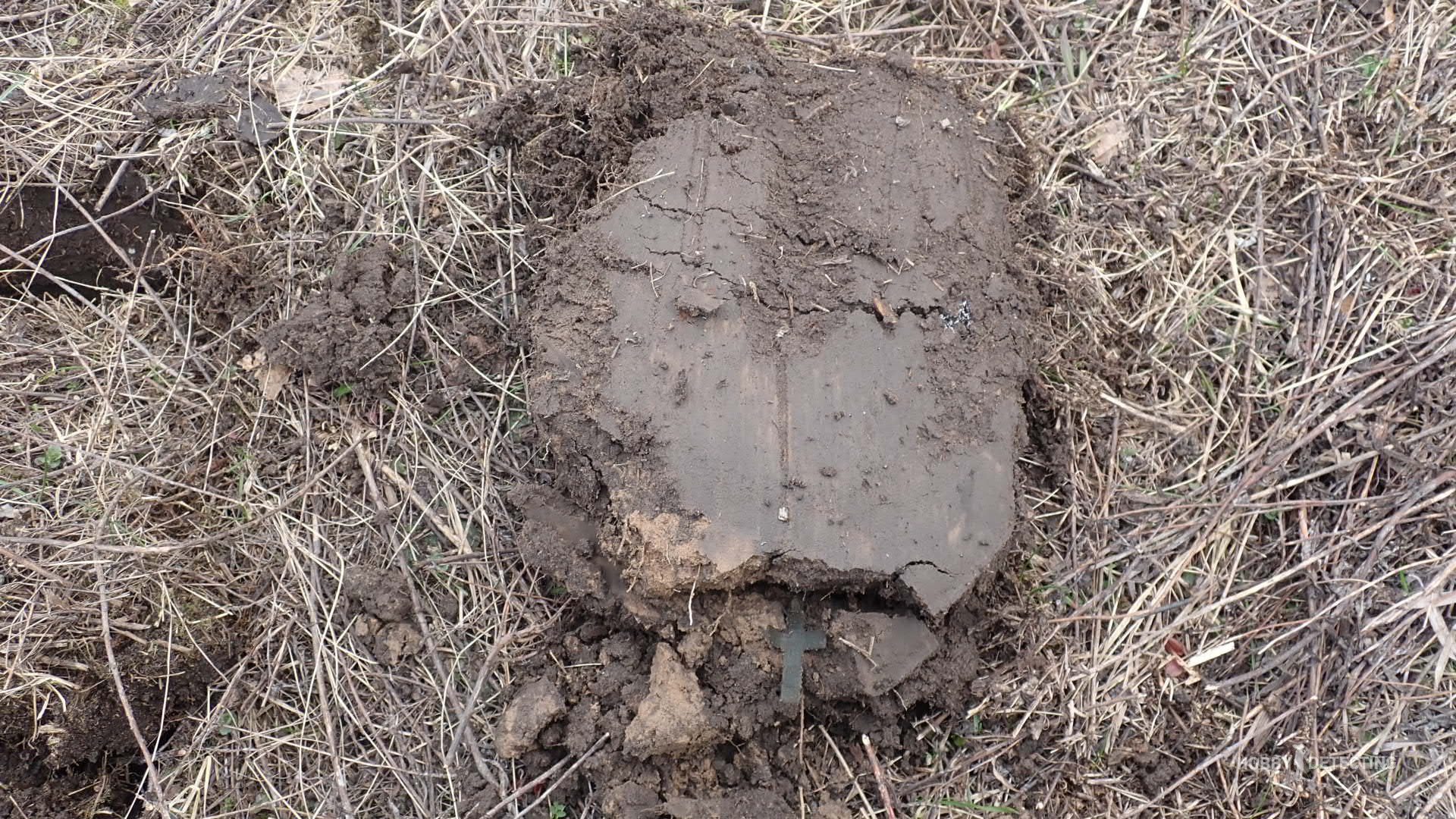
OK. Enough poetry, let's get down to practice.
Having become the owner of XP Deus II, I, as expected, believed in a miracle. More precisely, it is that thanks to new advanced and slightly promoted technologies, it will be possible to dig through old explored and previously excavated places (not only by me) as if it were new. However… and this very “however” is what I want to examine now.

Example. First of all, I decided to try out XP Deus II in all its glory on one very interesting and unusual cop location. I have one place where on one field, within a radius of about one and a half kilometers, there are three tracts of the same village. Many experienced diggers know that such a custom existed in the old days. If the village was on fire, then repairs were installed in another place.
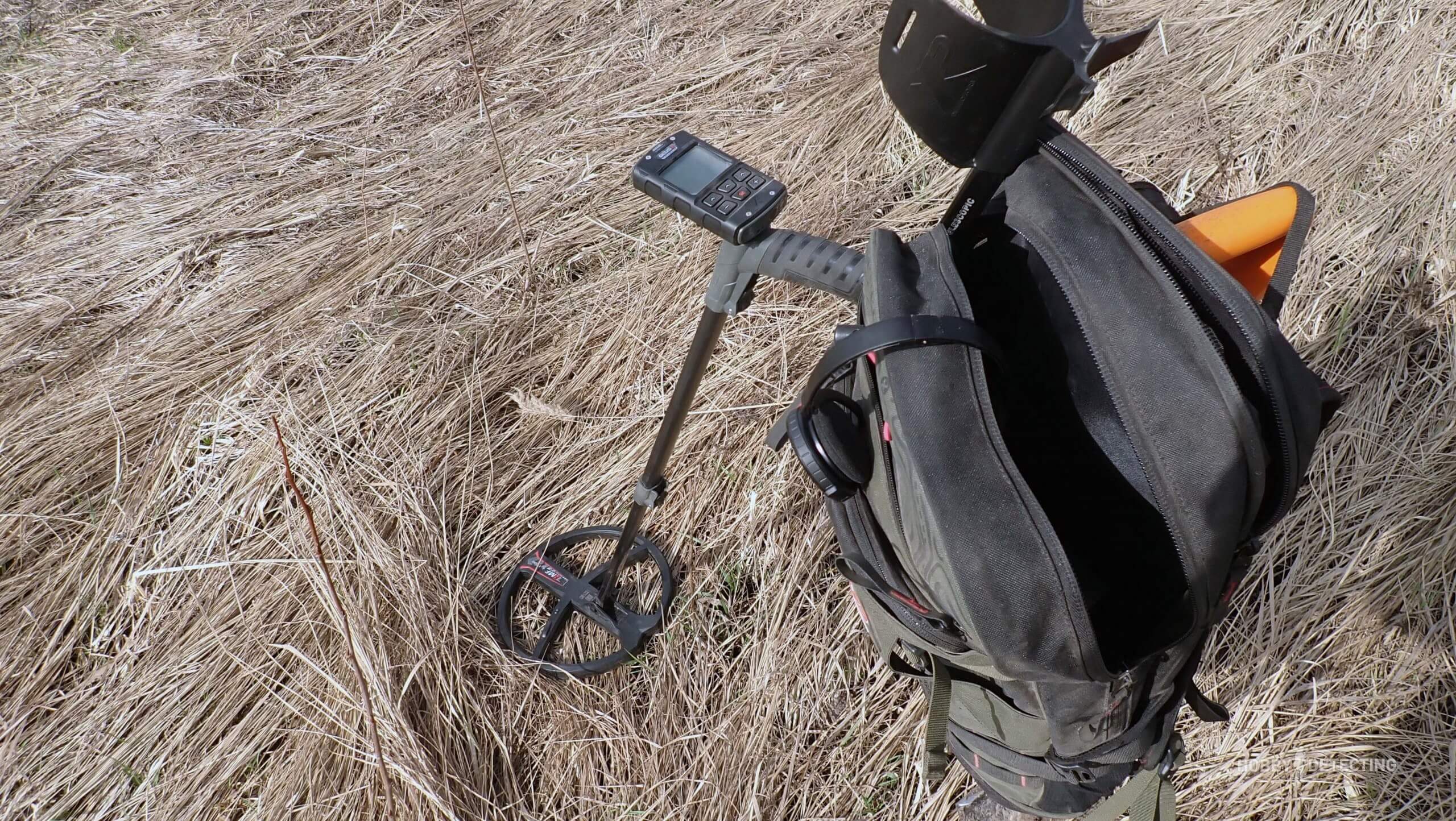
And so, I have in mind a place where in one region there are scales and the tsarist period, a kilometer from it, along the direction of the ancient road, another tract where Peter’s coins are, and even further to the right, half a kilometer away, a whole flat street of houses 19th century. By the way, I was never able to find the Catherine period there. Perhaps there is more to come.

What in fact? The 19th century tract was dug out and everything that could have been dug out was dug out ten years ago, long before I bought my first metal detector. Moreover, they also ordered a tractor with a grader, and raked the top layer by 10-15 centimeters. The Petrine period was also knocked out and dug up long ago, and again, a tractor was ordered.
Tsarist period, I found this place first and I and my friends knocked it out. It wasn't much there, but it was very interesting. This location was dug using three devices, with two Deus and XP ORX.
I don’t know what kind of devices were used to knock out the other two locations. But there was a great temptation and understanding that 10 years ago metal detectors were not so sensitive. The chances of finding something in previously knocked out areas were high. I thought so.
The introductory notes of my experiment are now understood as to the result.
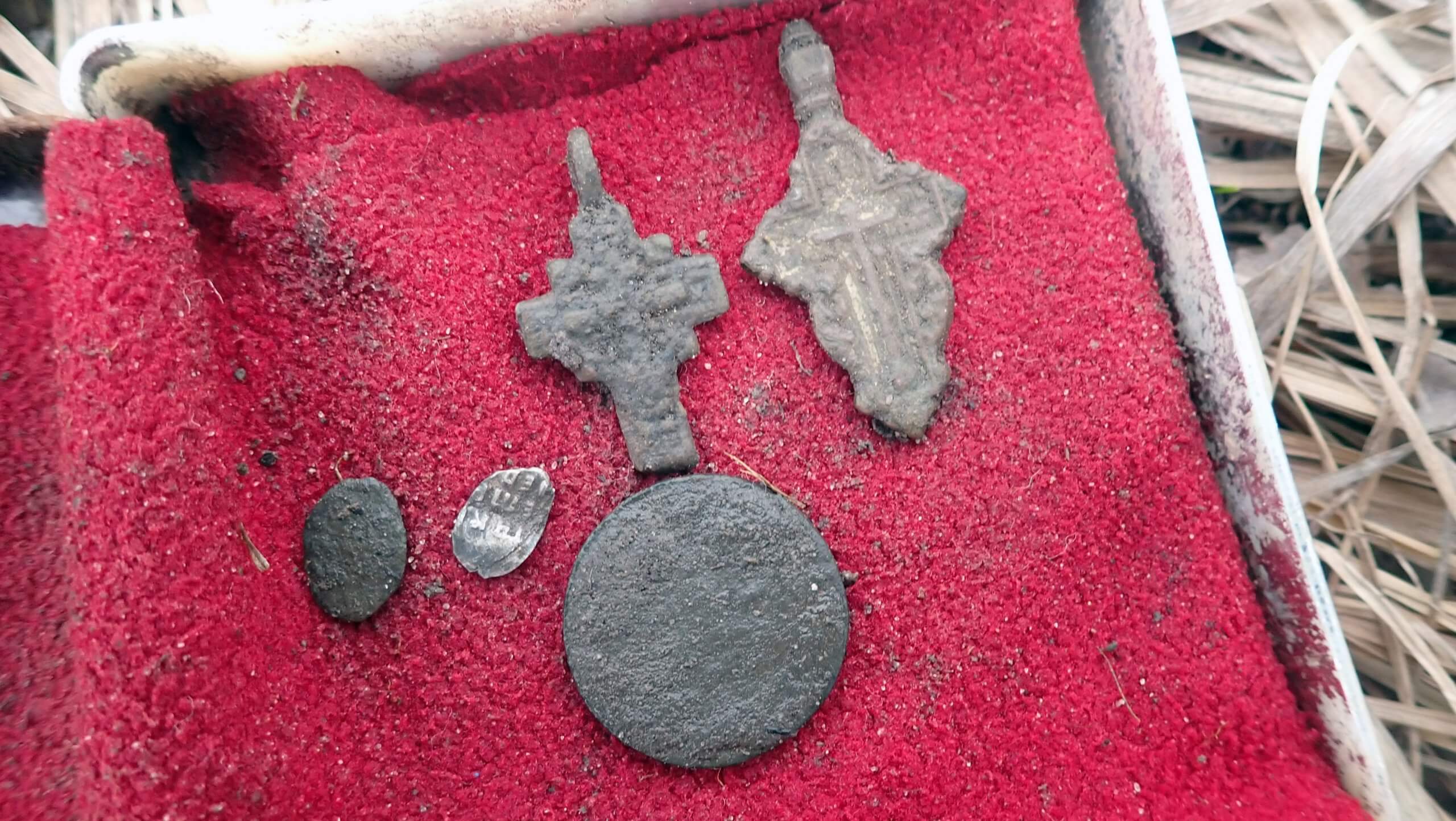
And the result turned out to be very sad and deplorable. Here is a photo of the results of the cop in 3-4 hours in all three locations.

For comparison, the photo is the result of digging last year, only on the territory of the tract of the tsarist period. I dug there because the grass was burned as a result of the fall and I was wondering what else could be dug up in the previously dug area. I was digging last year with XP ORX
Naturally, after such an insignificant result, I began to wonder whether advertising was deceiving me and others??? Or maybe I mixed up something wrong in the settings??? And anyway, how is this possible??? Therefore, to be sure of the experiment, I went to the same field, a couple of weeks later, but with a friend. XP Deus II and Deus. We spent about two hours there, and as a result we found some colored garbage outside the place where the top layer was cut off with a tractor. And that's all…
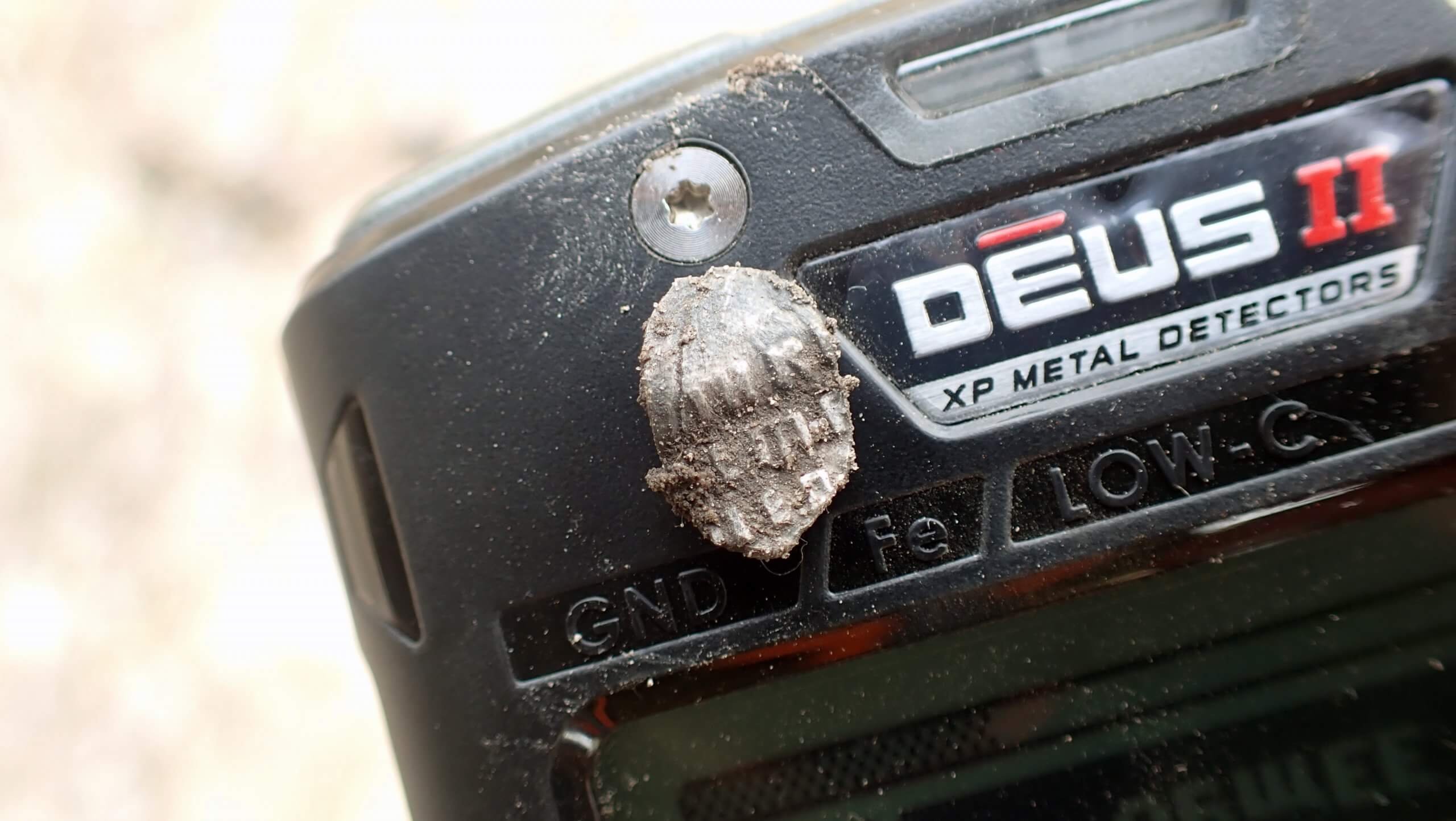
It was a very interesting observation that in the place where the crop layer was cut off with a tractor, there was not a single color signal. Although the site was very large. There are twenty houses in one line. Apparently, the people who ordered the tractor dug there for a long time, persistently and systematically. I repeat, not a single color signal. Although, in the areas of the foundations, the cultural layer remained at the level of one and a half to two spade bayonets.

That's the problem!!!
And, in order to form certain conclusions on the issue and topic of the real effectiveness of the new device, I also had to make several trips to previously knocked out tracts and single-yard areas.
A striking example that reveals the essence of the matter was a cop in one place where, in the period from Ivan to Peter, there were once three or four courtyards. Judging by the location of the wire and plugs, this territory was plowed briefly but deeply in the 80s of the last century. Because of this, the depth of the cultural layer was from 30 to 40 centimeters.
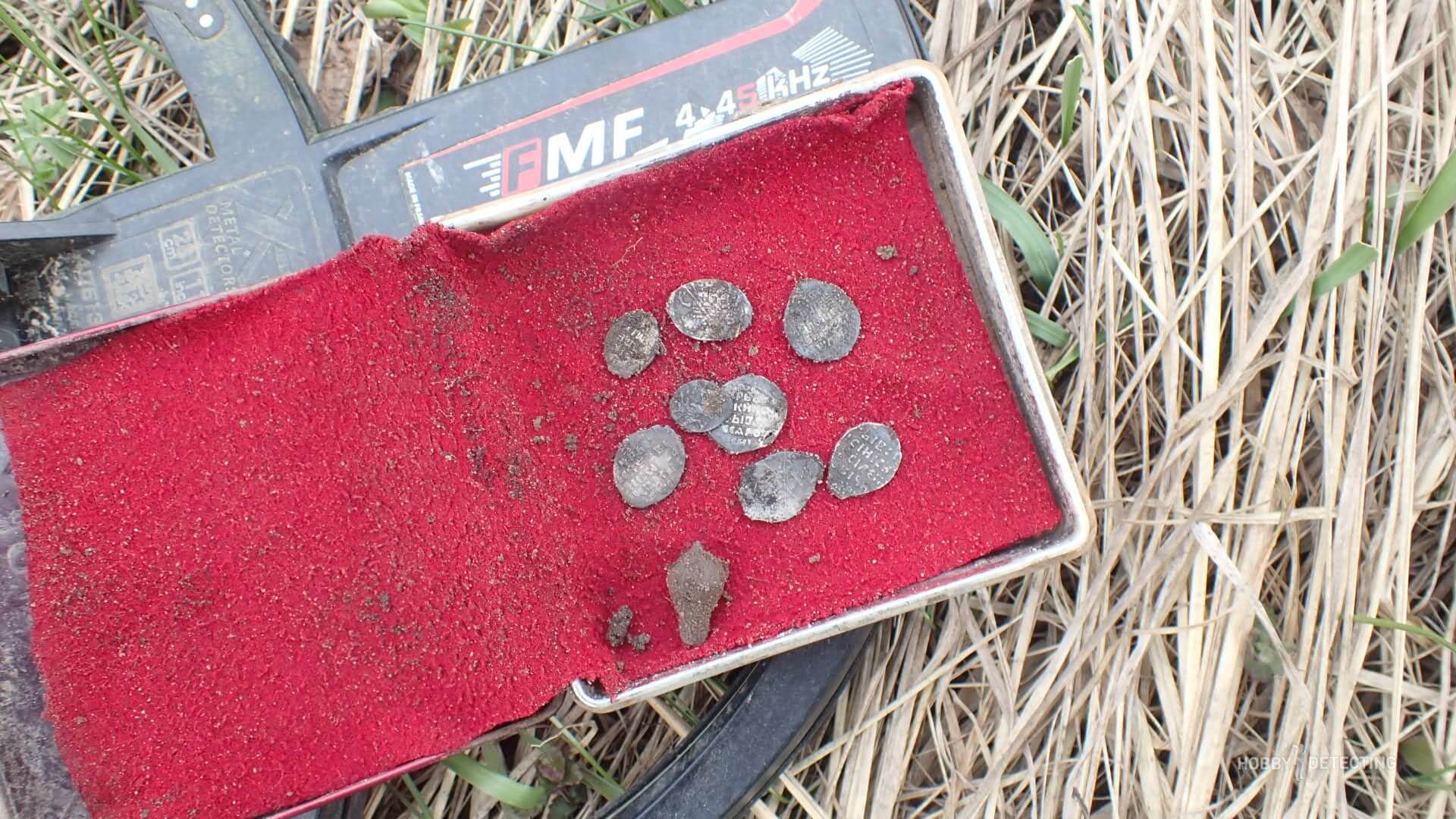
Well, in that tract there were good finds at extreme depths, just like that, even to say excellent.
What's the point?
I don’t want to be the ultimate truth, I’m just expressing my observations, retelling my experience and want to share my subjective opinion.
And that is what it is. I assume that in uncultivated areas the depth of finds in the cultural layer is no more than 30 centimeters. Even if the black layer to the white continent itself is deeper. Still, the vast majority of objects lie at a depth of no more than 30 centimeters. And, such a detection depth is the working and average statistical result of most professional metal detectors.
What can be concluded from this?
If you have a new metal detector in a previously knocked-out area, which in test results produced remarkable depth indicators (including the XP Deus II) So, if such a metal detector does not produce a bunch of finds in old and knocked-out places. This does not mean that the metal detector is bad, but the advertising is lying and the bloggers are all bought (they are all corrupt). This means that modern technologies in the field of metal detectors have gone much further than what is in most cases.

Dogs. It’s very nice, when digging in plowed fields with XP Deus II, to lift a copper A-1 kopeck piece from a depth of one and a half spade bayonets.
